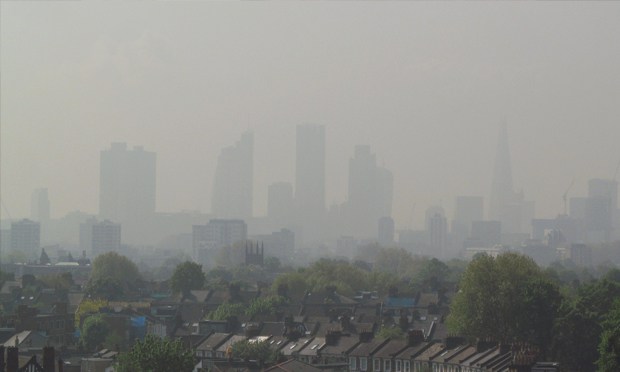Council to train up local air quality champions in effort to spread knowledge of health risks

Photograph: David Holt via Flickr
Residents in Hackney are being taught the health risks of air pollution in the latest move to help tackle the problem.
Sessions are already underway to create local air quality champions and the council plans to extend the training to healthcare professionals.
Just under 10 per cent of deaths in Hackney are linked to air pollution and its harmful particulates.
Health problems can include low birth weigh, childhood asthma and slower development of lung function, chronic obstructive pulmonary disease (COPD), lung cancer and heart failure.
Research has found that children in London are at risk of developing lifelong conditions.
The council is also unveiling a web tool in August that will offer advice about how to cut exposure to pollution. The project has been given more than £300,000 by the Department for Environment, Food and Rural Affairs.
The website will include air quality data and information about indoor pollutants, cleaning products, damp and mould, and solvents in furniture.
It is a joint project with Tower Hamlets, Newham and the City of London and the aim is for people to be able to access it without needing their own laptop or smart phone.
Last year, Hackney’s air quality, measured by diffusion tubes across the borough, saw a drop in nitrogen dioxide – but one monitoring site recorded a breach of the target level.
The council has just submitted its monitoring figures for 2022 to the Greater London Authority and will publish them later this summer.
Dave Trew, the council’s land, air and water manager in sustainability and environmental services, said: “We know air pollution is a problem.”
The council has just hired four air quality monitors to install on boundary roads in pollution hotspots. Two of them will be in place for two years, with the other two staying permanently.
The idea is to assess the impact of low traffic neighbourhoods (LTNs) on boundary roads. They are going to monitor the air on Homerton High Street, Amhurst Road, Queensbridge Road and Dalston Lane.
Campaigners have raised concerns that LTNs have dispersed traffic to nearby roads and want Hackney to rethink the schemes. They fear that people in less affluent areas are being disproportionately affected.
Hackney Council has brought in a range of measures, including school streets, ‘no idling’ signs, more bike and scooter parking spaces, and a new cargo bike-sharing scheme for businesses.
Other moves include child-friendly planning guidance, which was used for the first time at the Shoreditch Park development.
